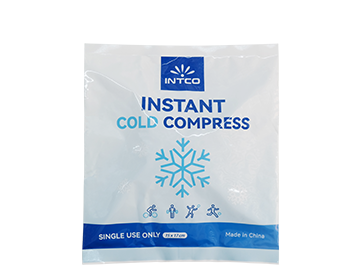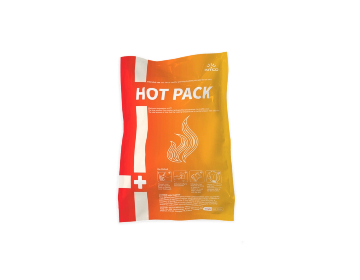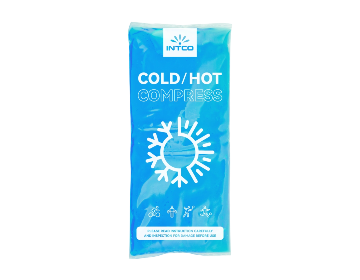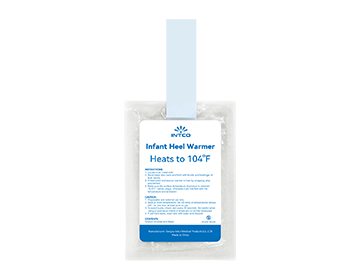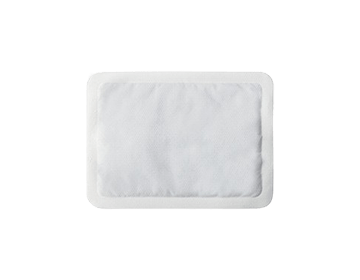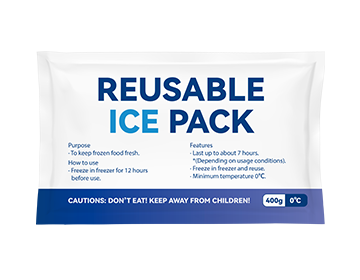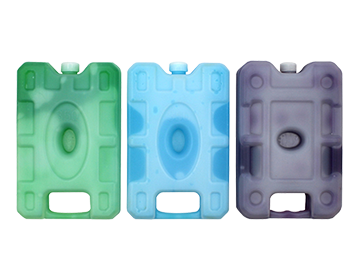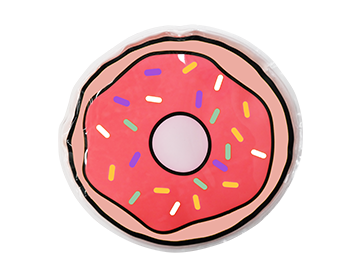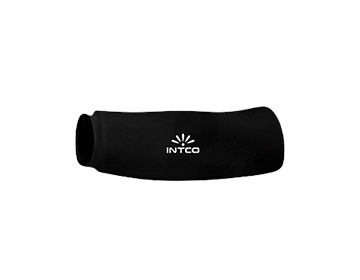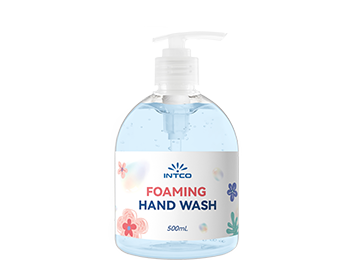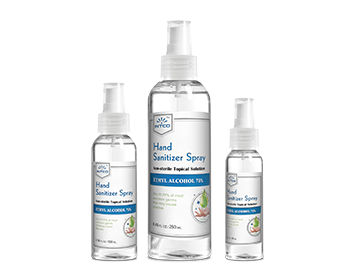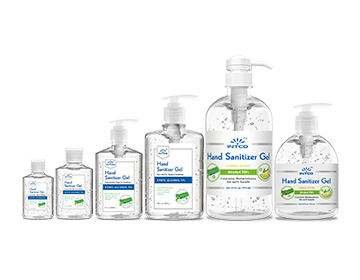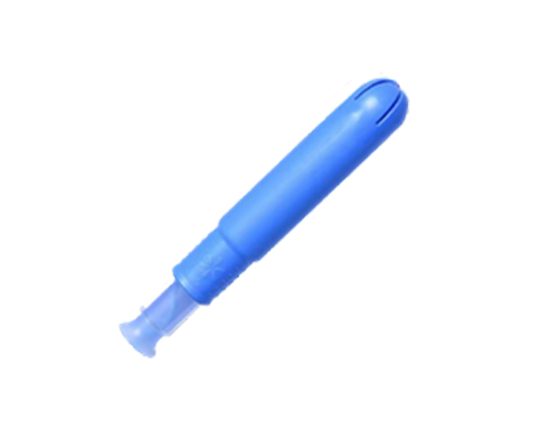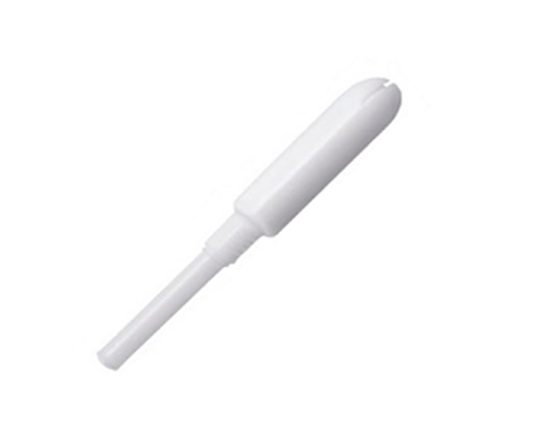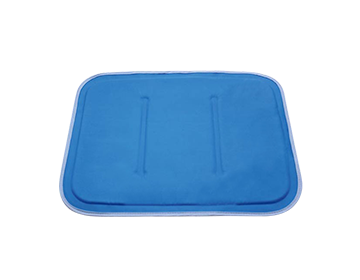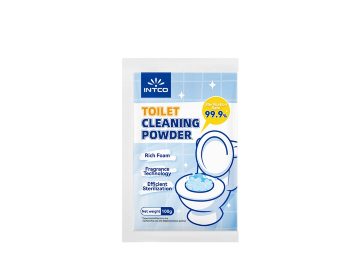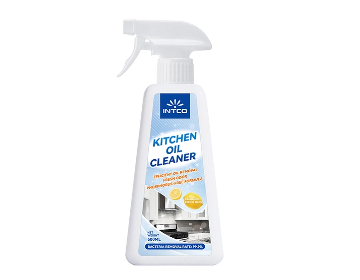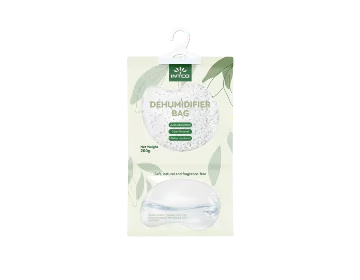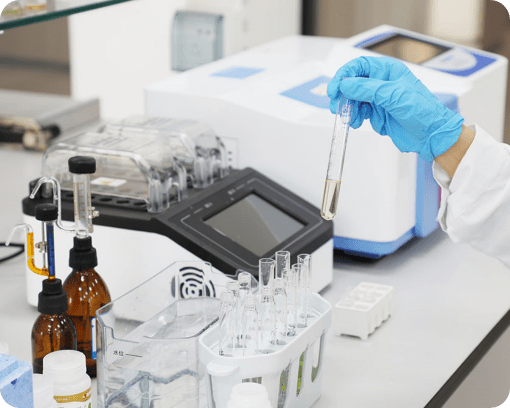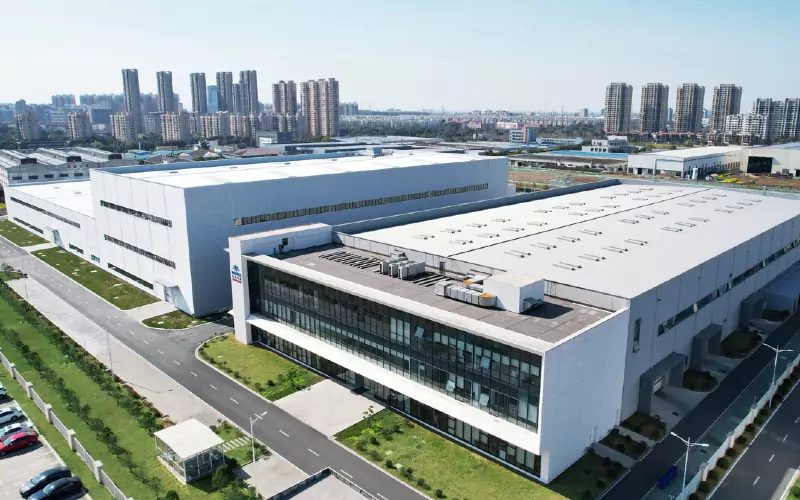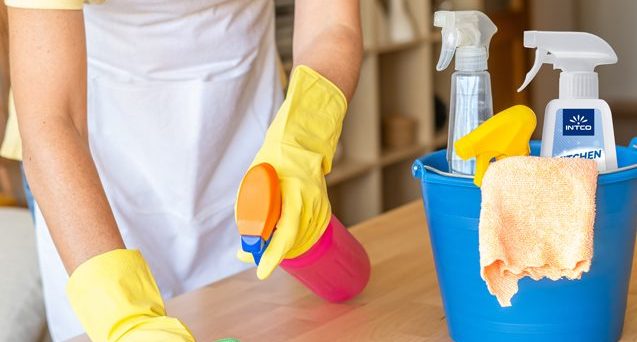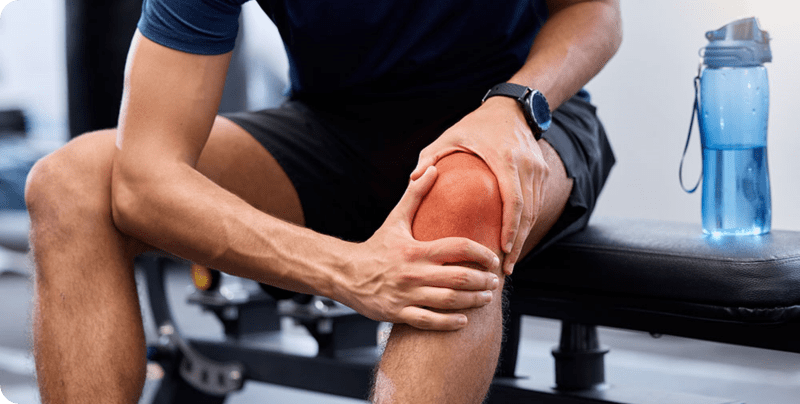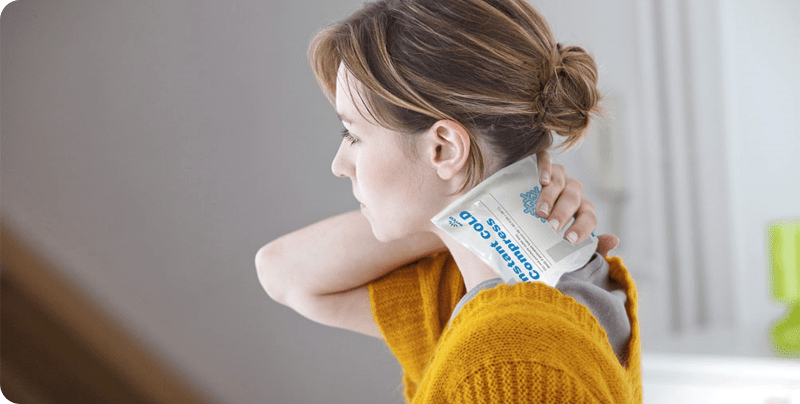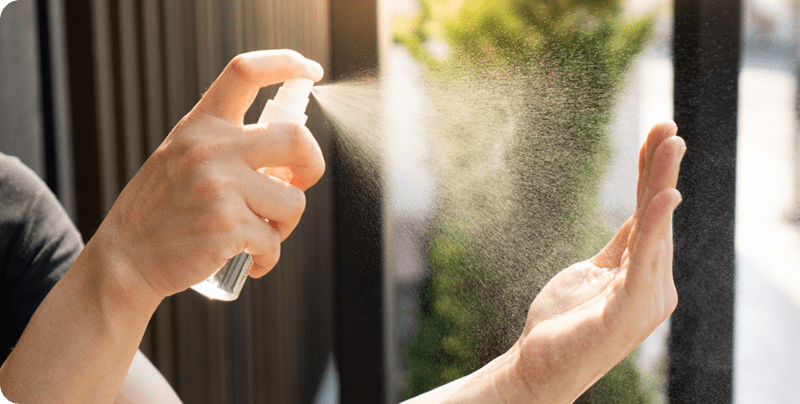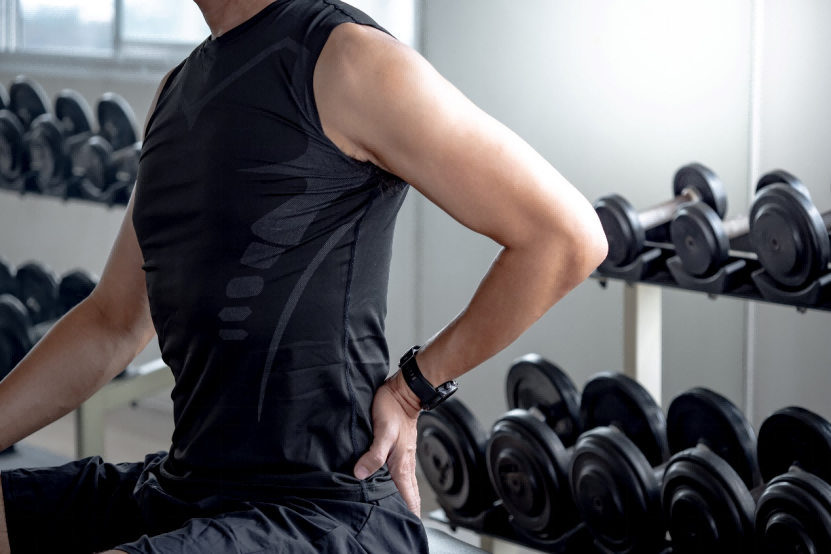How to Prevent Chronic Injuries in Runners and Gym-Goers
Staying active through running and gym workouts is one of the best ways to maintain long-term health, but it also comes with risks. Chronic injuries such as shin splints, tendonitis, and lower back pain often plague both beginner and experienced athletes. Unlike acute injuries, chronic conditions develop gradually over time due to repetitive stress on muscles, joints, and connective tissues. Preventing these injuries requires a proactive approach that combines proper training, recovery techniques, and effective use of hot and cold therapy products like gel packs and compresses.
In this article, we will explore why chronic injuries happen, how to prevent them, and what role recovery aids—such as reusable gel packs, instant cold packs, and hot & cold therapy compresses—play in keeping runners and gym-goers pain-free.
Understanding Chronic Injuries in Athletes
What Are Chronic Injuries?
Chronic injuries are overuse conditions that develop slowly due to repetitive motion. Unlike sprains or fractures that occur suddenly, chronic injuries may present as dull pain, stiffness, or persistent discomfort. Common examples include:
· Runner’s knee (patellofemoral pain syndrome)
· Achilles tendonitis
· Plantar fasciitis
· Shin splints
· Chronic lower back pain
The National Institute of Arthritis and Musculoskeletal and Skin Diseases (NIAMS) highlights that overuse injuries are among the most common reasons athletes seek medical care. Early intervention and prevention strategies are critical to long-term health.
Why Are Runners and Gym-Goers at Risk?
Running involves repetitive impact on joints, while gym workouts often emphasize repetitive lifting patterns. Both increase the risk of microtears and inflammation if not balanced with proper recovery. According to the American Academy of Orthopaedic Surgeons (AAOS), insufficient rest and improper training techniques are leading contributors to chronic sports injuries.
Key Prevention Strategies for Chronic Injuries
Proper Training and Technique
· Warm-Up and Cool-Down: A 10–15 minute dynamic warm-up prepares muscles and joints for stress. Cooling down with light stretching promotes flexibility.
· Gradual Progression: Increase running mileage or lifting loads by no more than 10% per week.
· Form and Posture: Working with a coach or trainer can help correct imbalances that contribute to injury.
Footwear and Equipment
· Running Shoes: Replace every 300–500 miles, depending on wear.
· Weightlifting Gear: Supportive belts, straps, or braces may reduce strain.
· Protective Mats: Shock-absorbing mats can reduce joint impact during HIIT or plyometric workouts.
Balanced Training Programs
Alternating between cardio, strength training, and flexibility exercises helps avoid repetitive strain. For example, a runner can cross-train with swimming or cycling to reduce joint stress.
The Role of Recovery in Injury Prevention
Importance of Recovery Days
Rest is not a sign of weakness—it is when the body repairs itself. The Journal of Orthopaedic & Sports Physical Therapy (JOSPT) emphasizes that recovery is essential for tissue adaptation and resilience.
Cold Therapy for Inflammation
Cold compresses and gel packs are effective for reducing inflammation and swelling caused by repetitive stress. They constrict blood vessels, decrease metabolic activity, and provide short-term pain relief.
Examples of cold therapy products
· Reusable Gel Packs: Flexible, convenient for multiple uses.
· Instant Cold Packs: Portable, ideal for on-the-go relief after long runs.
· Cold Wraps/Compresses: Targeted cooling for knees, ankles, or shoulders.
Heat Therapy for Stiffness and Muscle Relaxation
When chronic injuries result in stiffness or tightness, heat therapy promotes blood circulation and relaxes muscles.
Examples of heat therapy products
· Microwavable Heat Packs: Quick relief for sore muscles.
· Hot & Cold Gel Packs: Dual-function for versatile recovery.
· Heating Wraps: Continuous, low-level heat for deep tissue relaxation.
Comparing Cold vs. Heat Therapy for Athletes
|
Therapy Type |
When to Use |
Benefits |
Product Example |
|
Cold Therapy |
After workouts or sudden flare-ups |
Reduces swelling, numbs pain |
Instant Cold Pack, Reusable Gel Pack |
|
Heat Therapy |
Before workouts or for chronic stiffness |
Improves blood flow, loosens tight muscles |
Hot & Cold Compress, Heating Patch |
Experts recommend alternating between cold and heat therapy depending on the stage of injury. For example, apply a cold pack immediately after running to reduce inflammation, and use heat later to ease stiffness.
Nutrition and Hydration for Injury Prevention
Proper Fuel for Performance
Adequate protein intake supports muscle repair, while omega-3 fatty acids reduce inflammation. Micronutrients like calcium, vitamin D, and magnesium strengthen bones and connective tissues.
Hydration’s Role
Dehydration increases muscle fatigue and cramping, which in turn raises injury risk. The American College of Sports Medicine (ACSM) advises athletes to drink water before, during, and after exercise, with electrolyte replenishment for longer sessions.
When to Seek Professional Help
If pain persists despite rest and home treatment, consulting a physical therapist or sports physician is crucial. Warning signs include:
· Pain lasting more than 2 weeks
· Numbness or tingling
· Limited range of motion
· Swelling that does not subside
A professional can prescribe rehabilitation exercises, gait analysis, or advanced therapies to prevent long-term complications.
INTCO Medical: Supporting Athletes with Reliable Recovery Products
At INTCO Medical, we specialize in manufacturing high-quality hot and cold therapy solutions that aid in both injury recovery and long-term prevention. Our product range includes:
· Reusable gel packs for flexible recovery
· Instant cold packs for quick relief during outdoor training
· Dual hot & cold compresses for versatile therapy
· Cold wraps and ice boxes for sports teams and clinics
As a trusted OEM/ODM supplier, we partner with brands and healthcare providers worldwide to deliver innovative, safe, and effective recovery tools for athletes.
Frequently Asked Questions (FAQ)
1.Should I use ice or heat for chronic running injuries?
Ice is best for acute flare-ups and inflammation, while heat helps with stiffness and chronic soreness. Many athletes alternate between the two.
2.How long should I use a cold pack after running?
Apply for 15–20 minutes at a time. Longer applications may cause skin irritation.
3.Are instant cold packs safe for daily use?
Yes, as long as they are used according to instructions and not directly applied to bare skin for extended periods.
4.Can hot & cold packs replace medical treatment?
No, they are supportive tools. Persistent pain should always be evaluated by a healthcare professional.
5.What makes INTCO Medical’s products reliable for athletes?
INTCO offers durable, customizable, and clinically tested recovery products trusted by global sports teams and healthcare providers.

